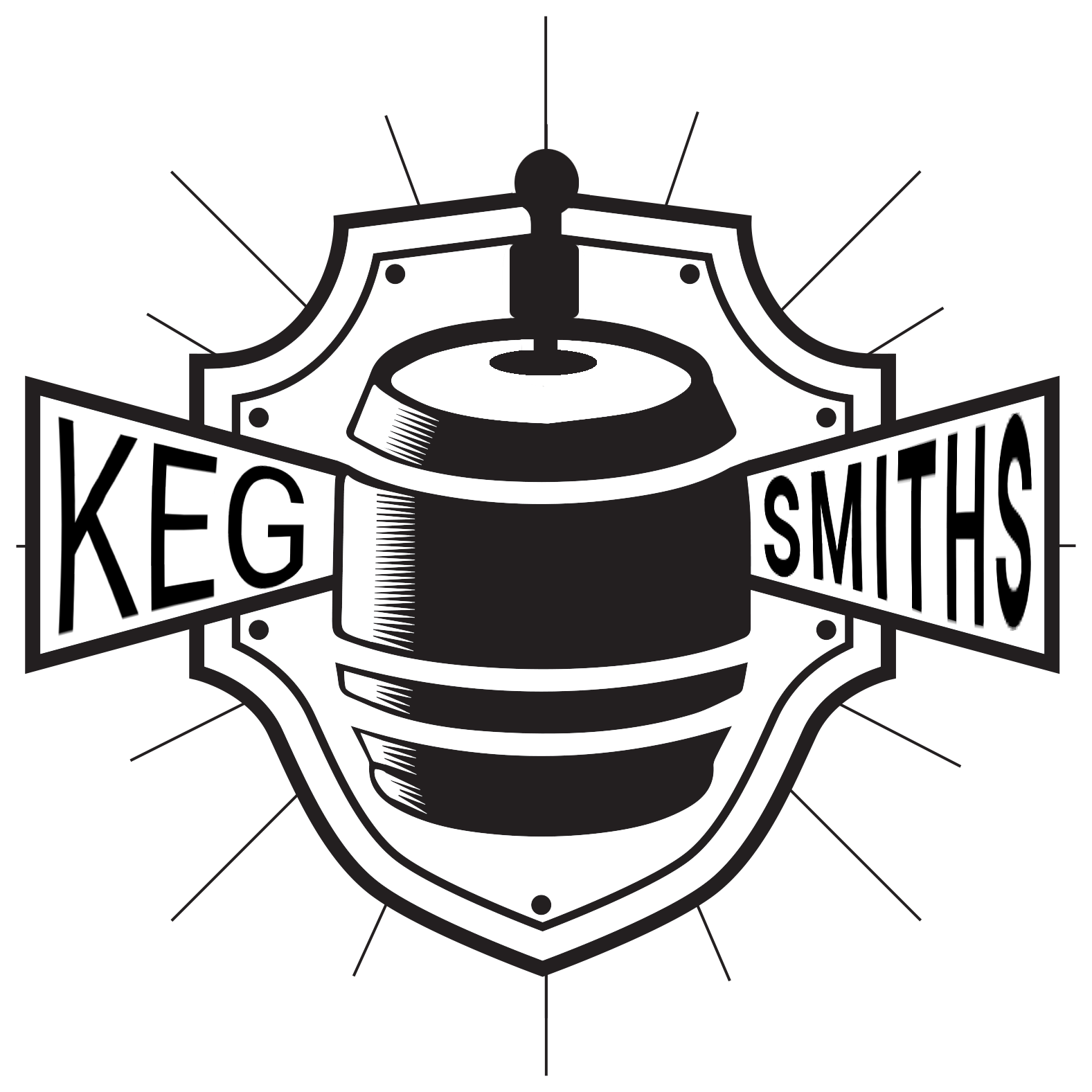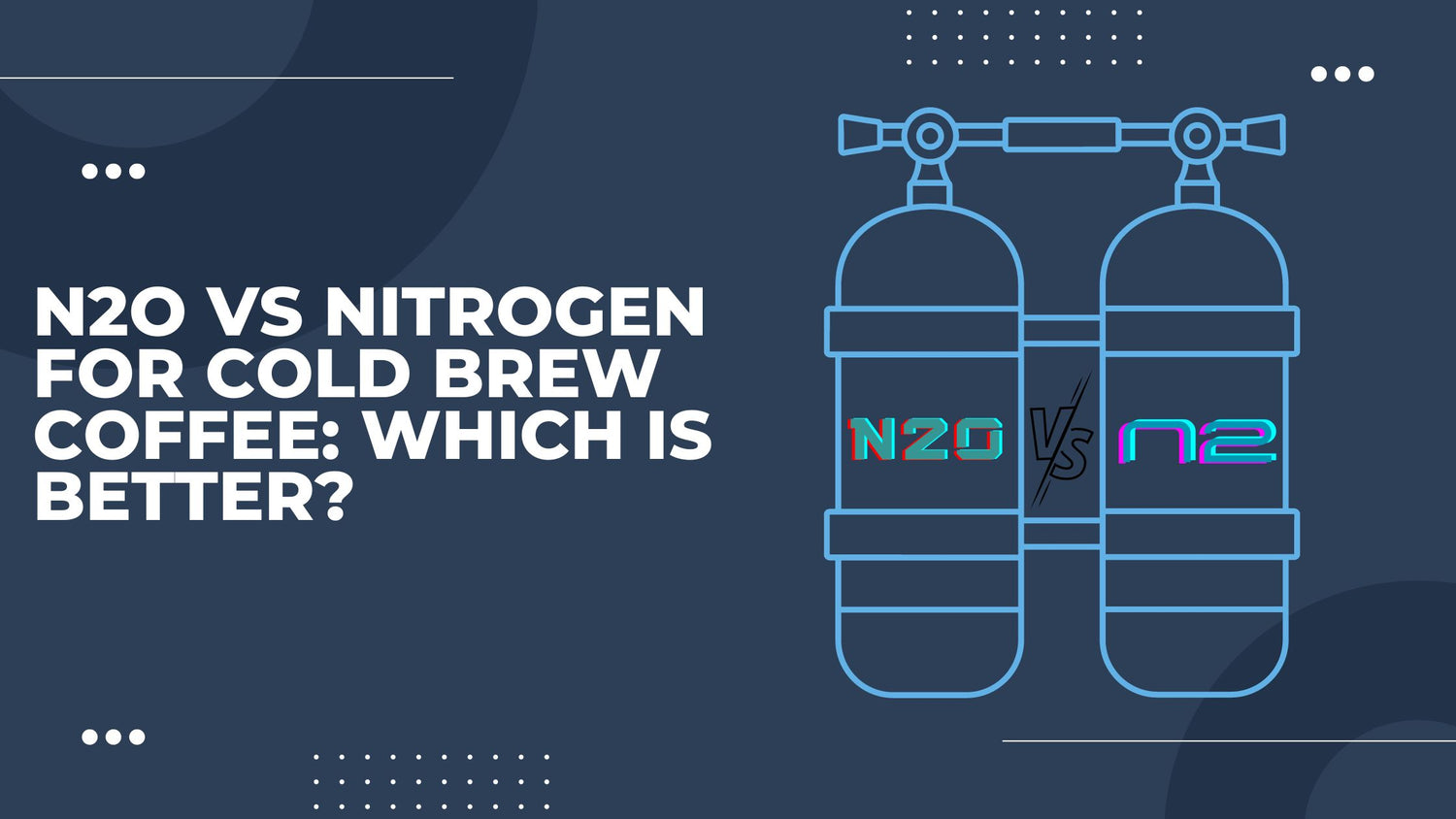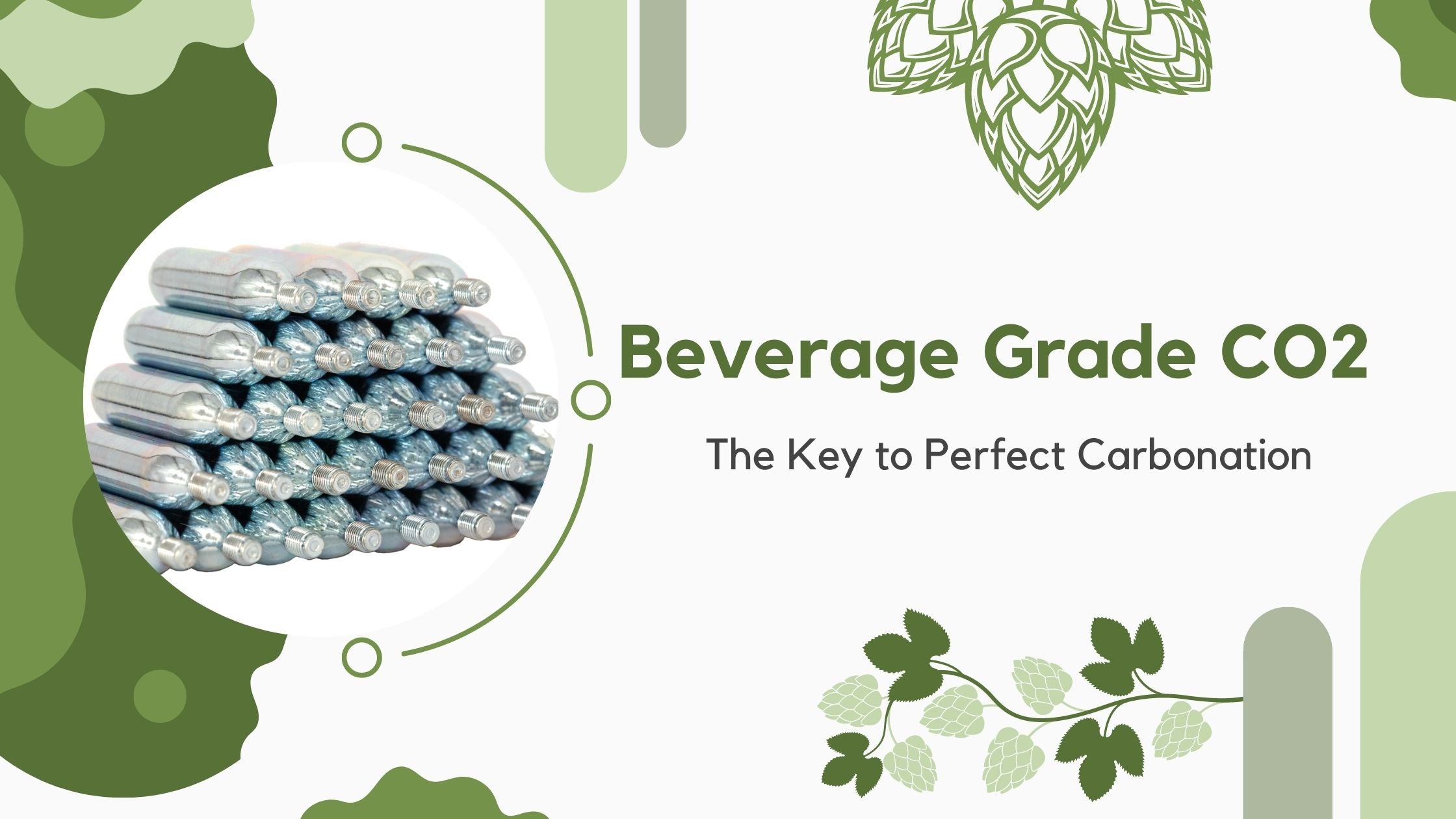How N2O and Nitrogen are Used in Cold Brew Coffee
Cold brew coffee is a delicious and refreshing alternative to hot coffee, which is why it's no wonder that it has become increasingly popular in recent years. While there are many different ways to make cold brew coffee, the two most common gases used to infuse nitrogen and nitrous oxide (N2O) into the coffee are N2O and nitrogen. In this article, we will explore the differences between N2O and nitrogen and how they are used in cold brew coffee.
N2O in Cold Brew Coffee
N2O is a colorless, tasteless, and odorless gas that is often used in cold brew coffee as a way to create a creamy, frothy head similar to that of a nitro beer. This is achieved by using a N2O dispenser, which pumps N2O into the coffee as it is dispensed. The N2O creates tiny bubbles in the coffee, giving it a creamy, frothy head and a smooth, creamy taste.
One of the key benefits of using N2O in cold brew coffee is that it helps to preserve the coffee's flavor and aroma for longer. This is because N2O is a non-reactive gas, meaning that it does not react with the coffee and does not alter its flavor or aroma in any way. Additionally, N2O is not harmful to humans and is widely used in the food and beverage industry.
Nitrogen in Cold Brew Coffee
Nitrogen is another gas that is often used in cold brew coffee. Unlike N2O, nitrogen is slightly soluble in coffee, meaning that it reacts with the coffee and can alter its flavor and aroma. However, nitrogen is still widely used in cold brew coffee due to its unique properties.
One of the key benefits of using nitrogen in cold brew coffee is that it creates a rich, creamy head that is similar to that of a nitro beer. This is because nitrogen creates tiny bubbles in the coffee that are much smaller than those created by N2O, giving it a smoother, creamier taste. Additionally, nitrogen is a non-reactive gas, meaning that it does not react with the coffee and does not alter its flavor or aroma in any way.
Differences between N2O and Nitrogen in Cold Brew Coffee
While both N2O and nitrogen are commonly used in cold brew coffee, there are some key differences between the two gases. For example, N2O creates a frothy head that is similar to that of a nitro beer, while nitrogen creates a smooth, creamy head. Additionally, N2O is a non-reactive gas that does not alter the coffee's flavor or aroma, while nitrogen is slightly soluble in coffee and can alter its flavor and aroma.
Another key difference between N2O and nitrogen is the way they are dispensed into the coffee. N2O is dispensed using a N2O dispenser, while nitrogen is dispensed using a nitrogen dispenser. Additionally, N2O is dispensed under pressure, while nitrogen is dispensed at a much lower pressure.
Conclusion
In conclusion, N2O and nitrogen are both commonly used in cold brew coffee to create a creamy, frothy head and a smooth, creamy taste. While N2O is a non-reactive gas that does not alter the coffee's flavor or aroma, nitrogen is slightly soluble in coffee and can alter its flavor and aroma. Ultimately, the choice between N2O and nitrogen in cold brew coffee will depend on personal preference and the desired outcome. Whether you prefer a frothy head like that of a nitro beer.



Leave a comment
This site is protected by hCaptcha and the hCaptcha Privacy Policy and Terms of Service apply.